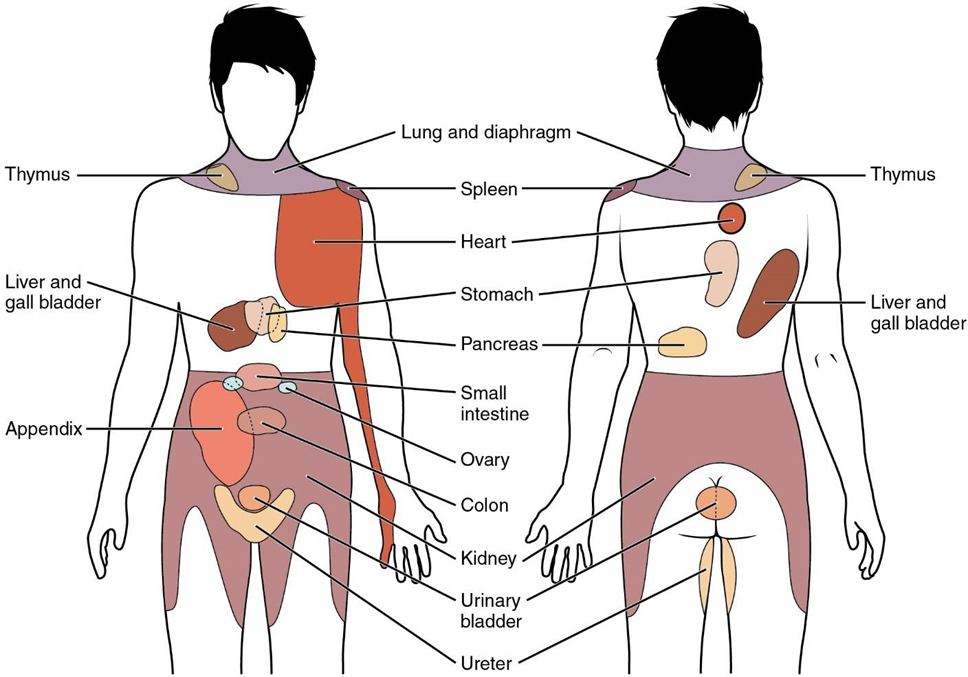A nurse is caring for a client.
A nurse is reviewing the client's medical record. After reviewing the medical record, which of the following actions should the nurse plan to take? For each potential provider's prescription, click to specify if the potential prescription is anticipated, nonessential, or contraindicated for the client.
Potential Prescription: Anticipated /Nonessential /Contraindicated
Encourage the client to cough.
Keep the client's head in a midline position.
Elevate the head of the bed.
Assist the client to the bathroom.
Initiate seizure precautions.
Decrease oxygen to 1.5 L/min via nasal cannula.
The Correct Answer is {"A":{"answers":"B"},"B":{"answers":"A"},"C":{"answers":"A"},"D":{"answers":"C"},"E":{"answers":"A"},"F":{"answers":"C"}}
A) Coughing is not directly related to the client's condition as described in the scenario.
B) Keeping the client's head in a midline position is anticipated to maintain an open airway and prevent further complications, particularly after a cerebrovascular accident.
C) Elevating the head of the bed is anticipated as it can help improve respiratory function and reduce intracranial pressure, which is beneficial given the client's history of cerebrovascular accident and current restlessness and agitation.
D) Assisting the client to the bathroom is contraindicated due to the client's current unresponsiveness and risk of falls; a bedpan or catheter may be more appropriate.
E) Initiating seizure precautions is anticipated because the client's Glasgow Coma Scale score indicates a decreased level of consciousness, which could predispose them to seizures, especially with a history of cerebrovascular accident.
F) Decreasing oxygen to 1.5 L/min via nasal cannula is contraindicated given the client's decreased oxygen saturation levels; instead, the nurse should anticipate the need to maintain or increase oxygen to ensure adequate tissue perfusion.
Nursing Test Bank
Naxlex Comprehensive Predictor Exams
Related Questions
Correct Answer is B
Explanation
A) Generalized abdominal pain reported by a client with peritonitis indicates visceral pain.
B) Pain in the left shoulder reported by a client with pancreatitis is an example of referred pain, as it occurs at a site distant from the actual pathology.
C) Substernal chest pain reported by a client with angina indicates cardiac pain, not referred pain.
D) Incisional pain reported by a postoperative client is localized and does not indicate referred pain.

Correct Answer is D
Explanation
A) The Morse Fall Risk scale assesses the risk of falls in hospitalized patients but is not the priority for a postoperative client with an ORIF.
B) The Braden scale assesses the risk of pressure ulcers and is not the priority for a postoperative client with an ORIF.
C) Pain assessment is important but may not be the priority compared to assessing neurovascular status, especially immediately postoperatively.
D) The neurovascular assessment, including circulation, sensation, and movement, is crucial for early detection of complications such as compartment syndrome or impaired blood flow.
Whether you are a student looking to ace your exams or a practicing nurse seeking to enhance your expertise , our nursing education contents will empower you with the confidence and competence to make a difference in the lives of patients and become a respected leader in the healthcare field.
Visit Naxlex, invest in your future and unlock endless possibilities with our unparalleled nursing education contents today
Report Wrong Answer on the Current Question
Do you disagree with the answer? If yes, what is your expected answer? Explain.
Kindly be descriptive with the issue you are facing.
